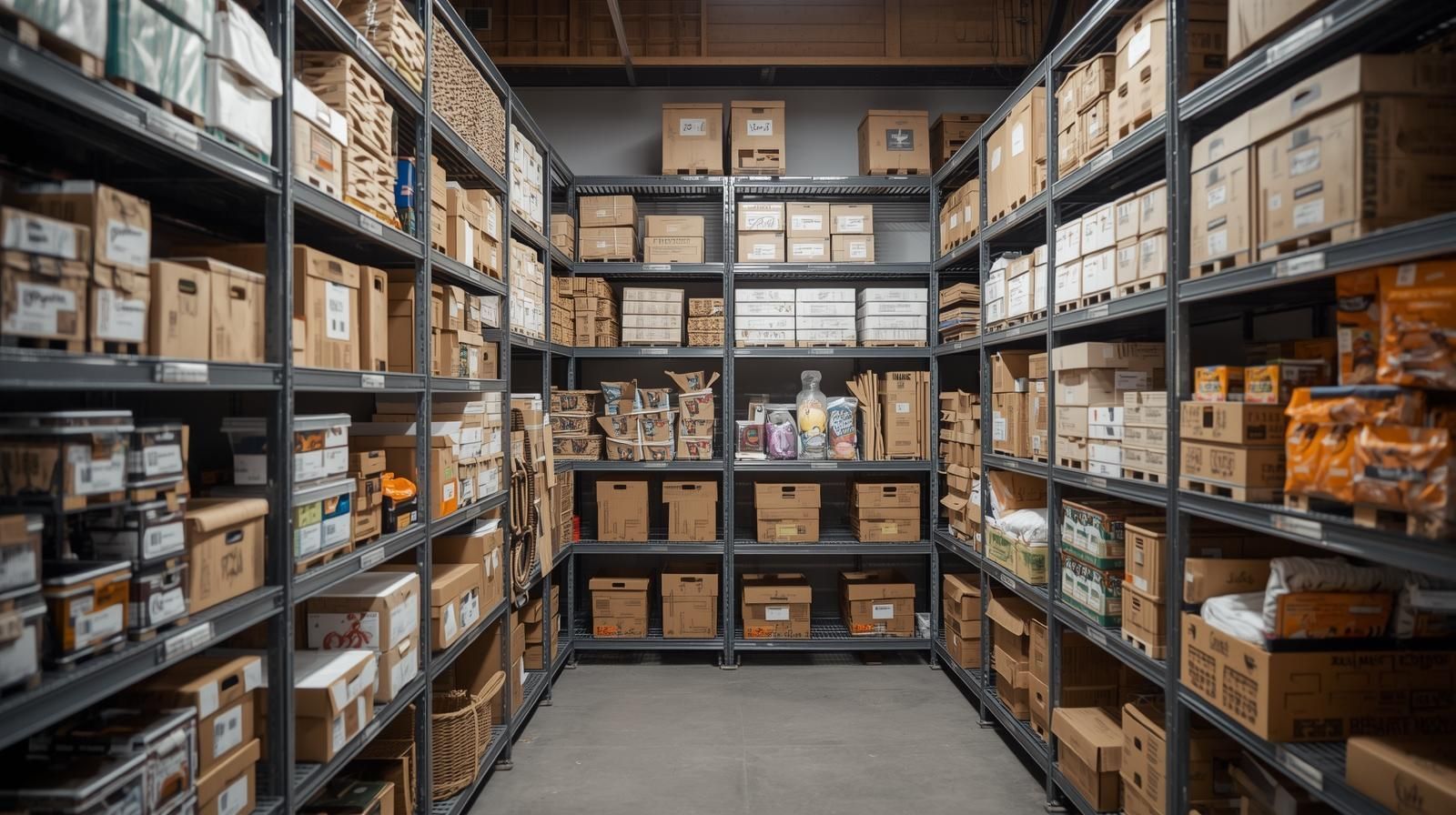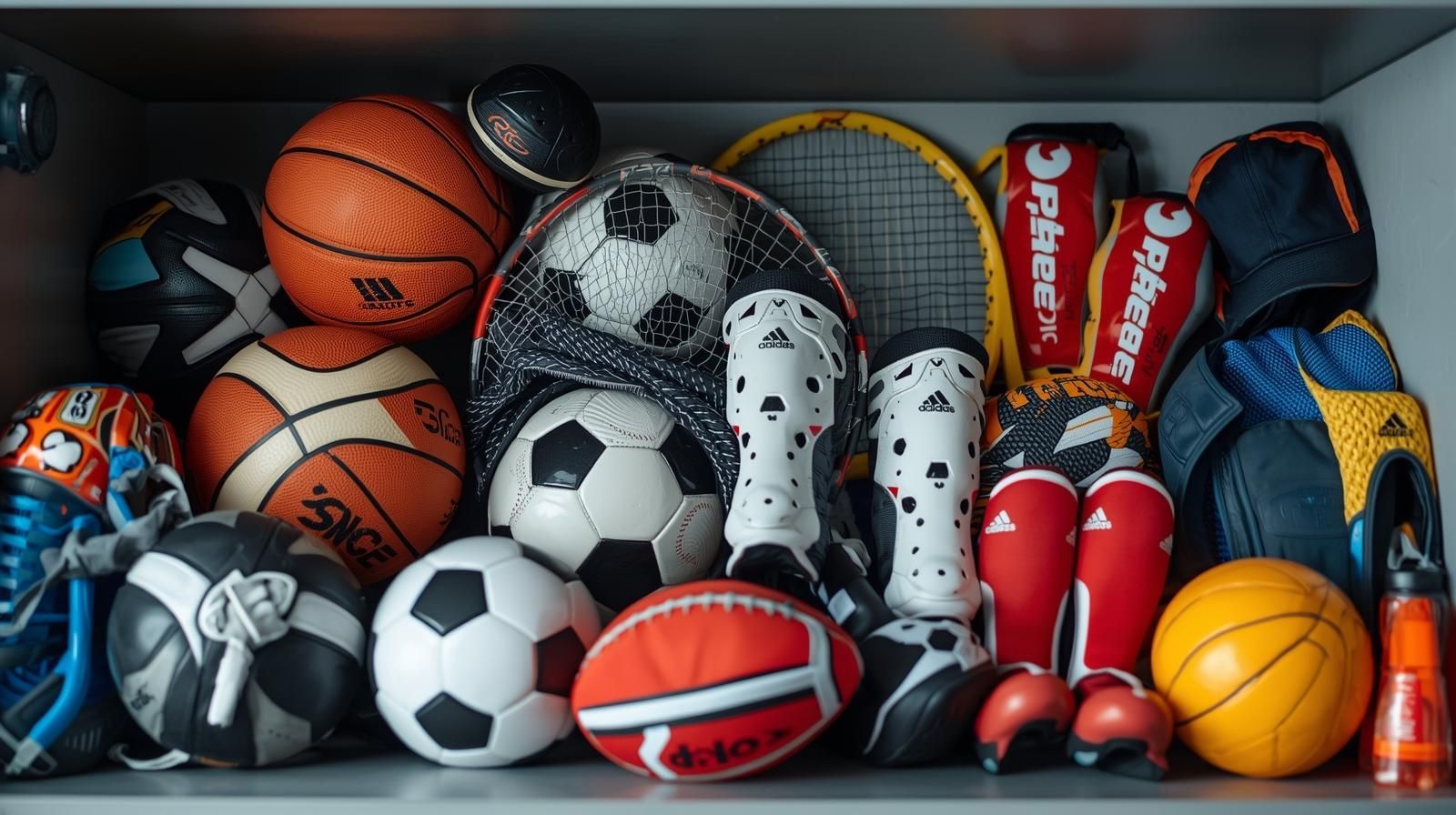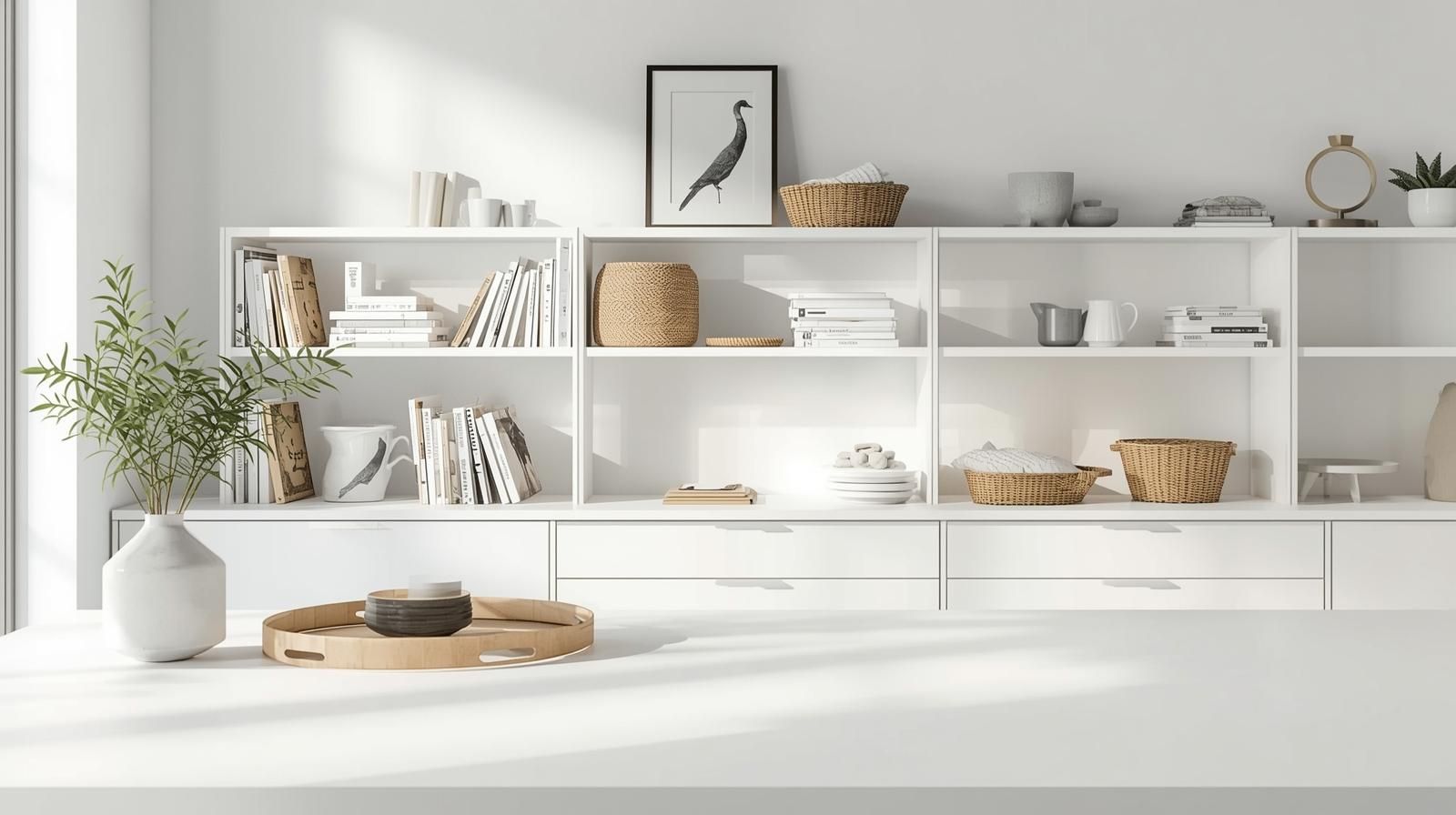How to Store Wine: Tips for Protecting Your Collection
Storing wine is both an art and a science. Whether you’re a casual enthusiast who enjoys a glass with dinner or a seasoned collector with an expanding cellar, proper storage is essential for protecting taste, aroma, and value. The wrong environment can quickly ruin a prized bottle, while the right one helps preserve quality for years to come.
At home, a small rack or refrigerator might work for a handful of bottles, but once your collection grows it makes sense to look at professional storage solutions.
For wine lovers in North Carolina, facilities such as City Storage Lexington provide secure and climate-controlled units that safeguard delicate items, including wine collections. Having access to a space designed for stability and protection means your investment is kept safe and ready for enjoyment when the time is right.
This guide covers the fundamentals of wine storage, the advantages of using a dedicated unit, and what to look for when selecting the right facility.
Key Wine Storage Tips
Wine reacts to its environment more than most people realize. Even minor changes in light, temperature, or humidity can affect flavor. Following a few simple principles ensures that every bottle matures properly.
Maintain a Consistent Temperature
The most critical factor is temperature. Wine should ideally be stored around 55°F to 59°F, but what matters most is consistency. Large swings speed up aging and can permanently change the taste. A quality storage unit keeps temperature and humidity stable throughout the year.
Avoid Light
Light exposure is another silent enemy. UV rays damage the organic compounds that give wine its character, and even artificial light can have negative effects over time. A dark space or an enclosed climate-controlled unit replicates cellar conditions and protects bottles from these risks.
Store Horizontally or at an Angle
For bottles sealed with corks, storing them on their sides is important. A horizontal position keeps the cork moist so it doesn’t dry out and shrink, which could allow air into the bottle. Angled racks also let sediment settle naturally, ensuring a smoother pour when it’s time to serve.
Limit Vibrations
Constant vibrations interrupt the natural aging process by disturbing sediments. This is why kitchens and garages, with their appliances and foot traffic, aren’t ideal. A sturdy storage unit with solid shelving minimizes this risk.
Control the Humidity Levels
Humidity plays as big a role as temperature. Low humidity dries corks, while excessive moisture encourages mold. The sweet spot is between 60 and 70 percent, and professional storage facilities are built to maintain that balance.
Avoid Bad Odors
Because corks are porous, strong odors can seep into the bottle and spoil the wine. Storing bottles near chemicals, paints, or pungent foods is risky. A clean, ventilated storage unit provides the neutral environment wine needs.
Benefits of Renting a Wine Storage Unit
Some collectors rely on home storage, but renting a specialized unit offers unique benefits that make it an attractive option.
Free Up Space at Home
Even fifty bottles can overwhelm kitchen racks or small coolers. A dedicated unit removes clutter and ensures bottles are stored properly instead of being crammed into unsuitable spaces.
Get Storage Designed with Wine in Mind
Not all units are equal. Climate-controlled spaces replicate the consistency of a wine cellar, which is especially important if you own vintage bottles or champagne that require precise conditions.
Keep Your Collection Secure in a Monitored Facility
Wine isn’t just for drinking—it can be a serious financial investment. Gated access, cameras, and on-site staff give peace of mind that your collection is safe around the clock.
Protect Value for Resale or Gifting
Collectors who resell or gift wine need to consider provenance. Buyers often ask about storage history, and being able to show bottles were kept in a professional facility can strengthen credibility and maintain resale value.
Preparing Your Wine for Storage
Before moving bottles into a unit, preparation makes all the difference. Start by creating an inventory. A spreadsheet or app with details such as varietal, vintage, and value helps track your collection and decide which bottles to enjoy sooner and which to hold. Choose appropriate racks or crates that keep bottles horizontal.
Modular racks are good for expanding collections, while sturdy crates are better for transport and stacking. Handle transportation carefully by avoiding heat exposure and using padded boxes or wine shippers. Move during cooler hours to prevent spoilage. It’s also smart to inspect seals and labels.
Wrapping bottles in plastic or protective sleeves can prevent moisture from damaging labels, which is especially important for high-value bottles. Finally, consider insurance coverage. Some storage providers allow you to insure valuable items, including wine, giving added peace of mind for long-term storage.
For more detailed guidance, the National Institute on Alcohol Abuse and Alcoholism (NIAAA) shares resources on safe handling and storage practices.
Features to Look for in a Wine Storage Facility
When comparing facilities, not every option will meet the needs of wine collectors. Look for climate-controlled units that maintain both temperature and humidity year-round. Security features such as gated access, surveillance cameras, and well-lit surroundings are essential.
Accessibility is also important, whether through extended hours or 24/7 entry. Cleanliness should not be overlooked—mold and pests are direct threats to cork and bottle integrity. Consider facilities that offer a range of unit sizes so you can expand as your collection grows.
Some facilities also have knowledgeable staff who understand wine storage and can help you set up your space correctly. These details make a major difference in preserving the value of your collection.
Why Wine Enthusiasts Choose Offsite Storage
Over time, many collectors outgrow their homes. Racks fill up quickly, and wine fridges never seem large enough. As you acquire higher-end bottles, professional conditions become more important.
Offsite storage gives you the benefits of a wine cellar without costly renovations. It also provides security during vacations, moves, or extended work trips, protecting bottles from power outages, extreme temperatures, or mishandling.
Another benefit is scalability. What starts as a small hobby can easily grow into hundreds of bottles, and offsite storage adapts with you.
Finding the Right Storage Unit Near You
Location is important, but don’t sacrifice quality for convenience. Visit facilities in person, ask about climate monitoring systems, and confirm their security practices. Reliable providers like City Storage North offer climate-controlled units across North Carolina that combine accessibility with protection.
Collectors often share reviews online that highlight which locations provide the best service. A tour of the facility and a conversation with staff will help you feel confident about where you’re placing your bottles.
Final Thoughts: Protecting Your Wine Investment
Wine is more than just a drink—it’s an investment in craftsmanship, tradition, and enjoyment. To keep bottles at their best, stable conditions are essential. While storing a few bottles at home is fine, serious collectors benefit from professional storage.
Facilities with climate control, security, and room for growth ensure every bottle maintains its character. Preparing bottles properly before storage and choosing the right facility guarantees peace of mind and long-term preservation.
For collectors ready to move beyond home storage, facilities like City Storage Lexington and City Storage North provide secure, climate-controlled spaces that protect valuable collections.
Whether you’re storing a handful of bottles or building a cellar-sized collection, the right environment ensures your wine ages exactly as intended.










